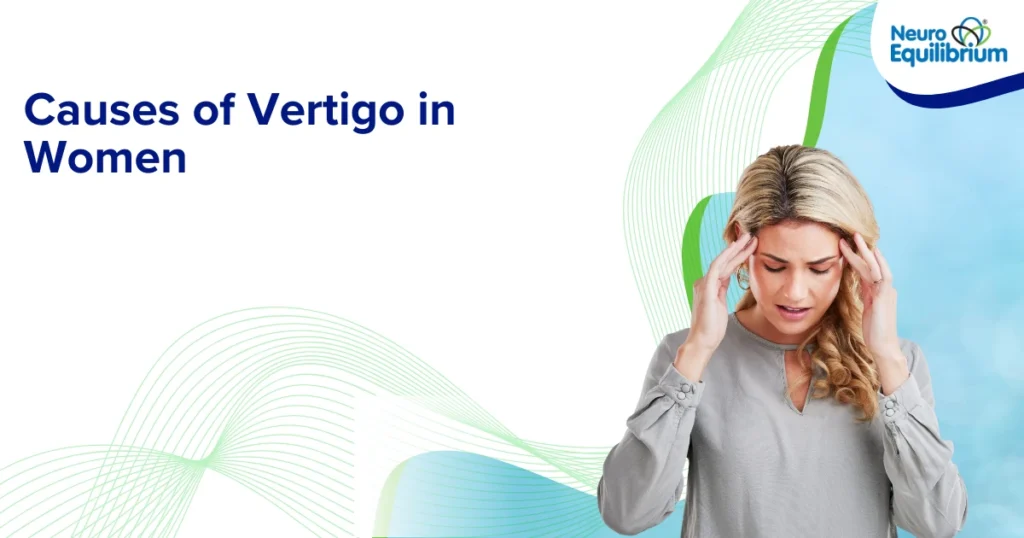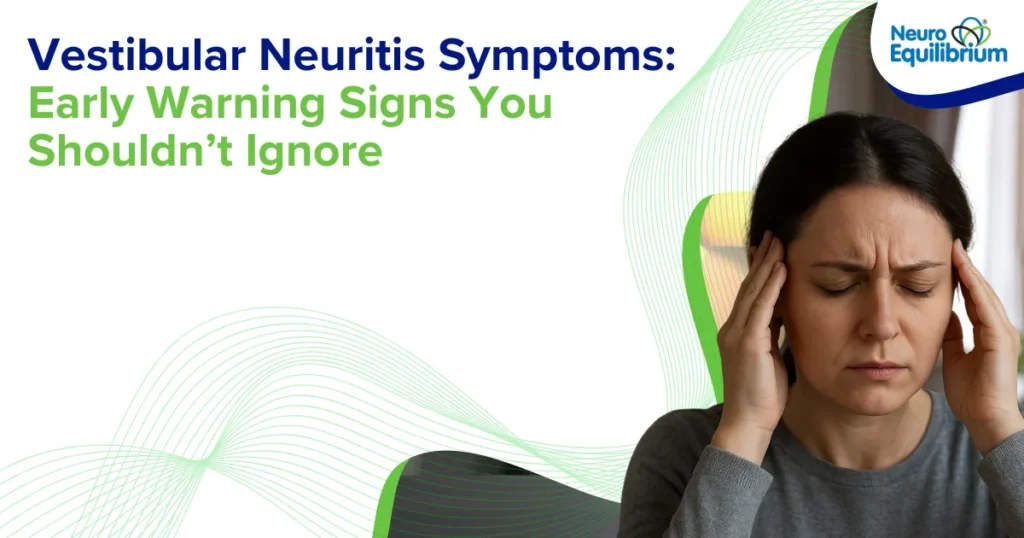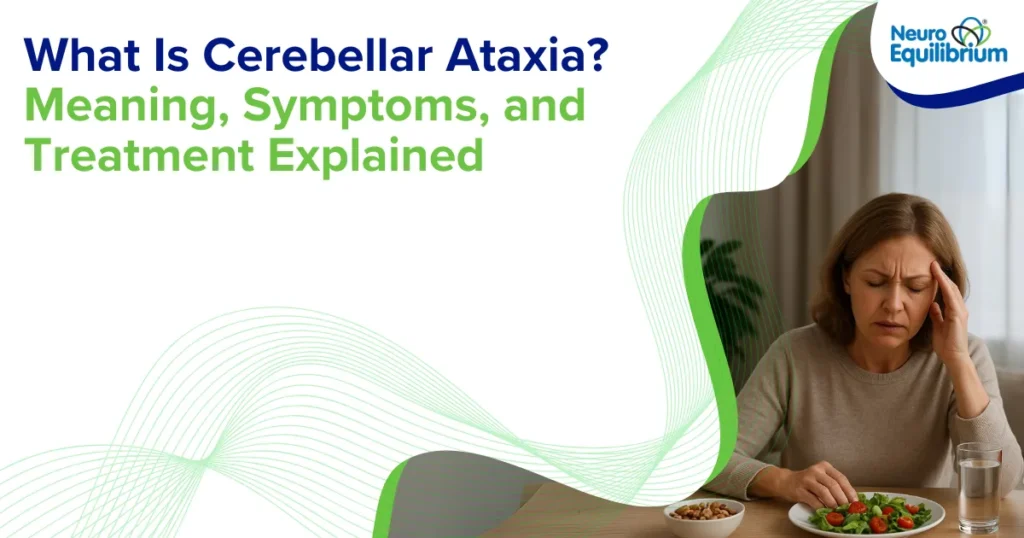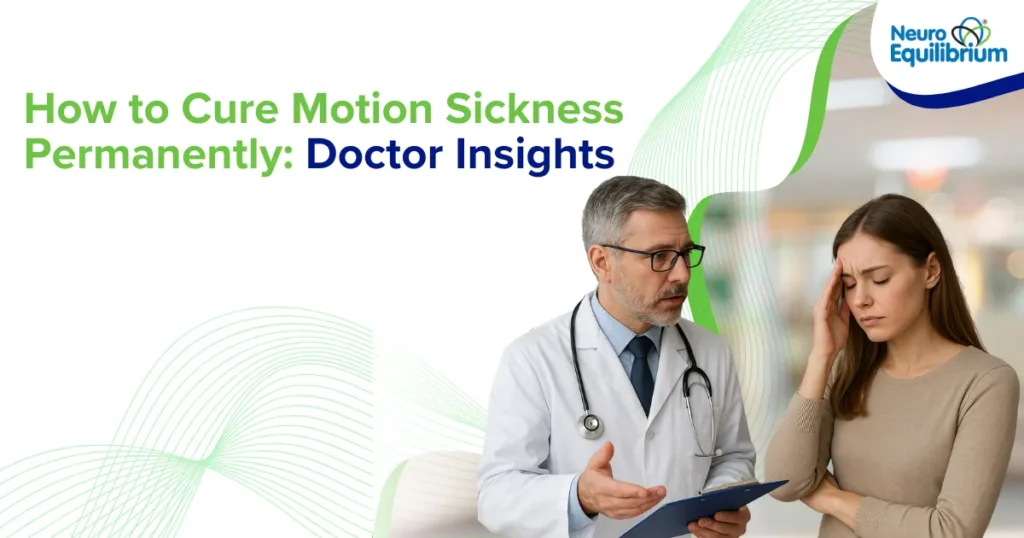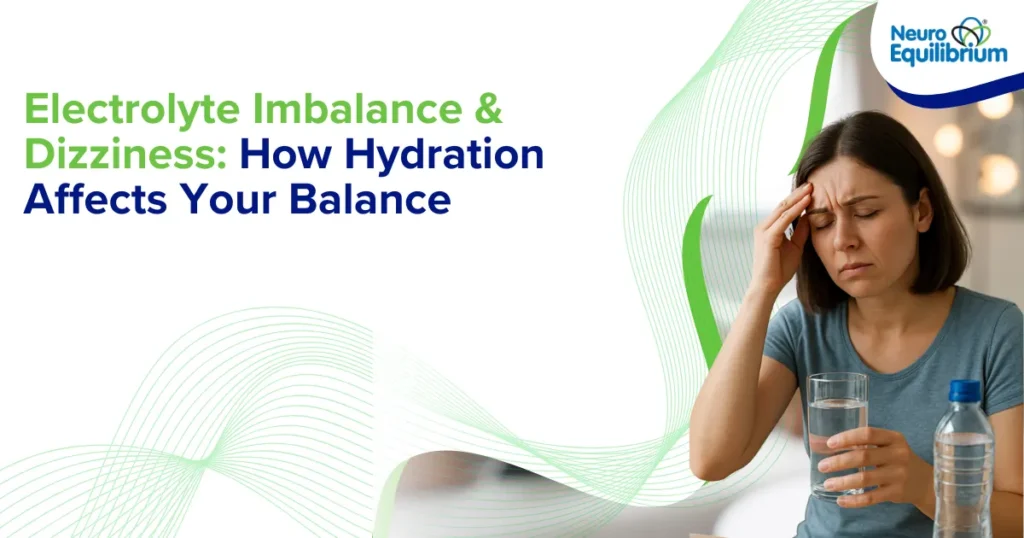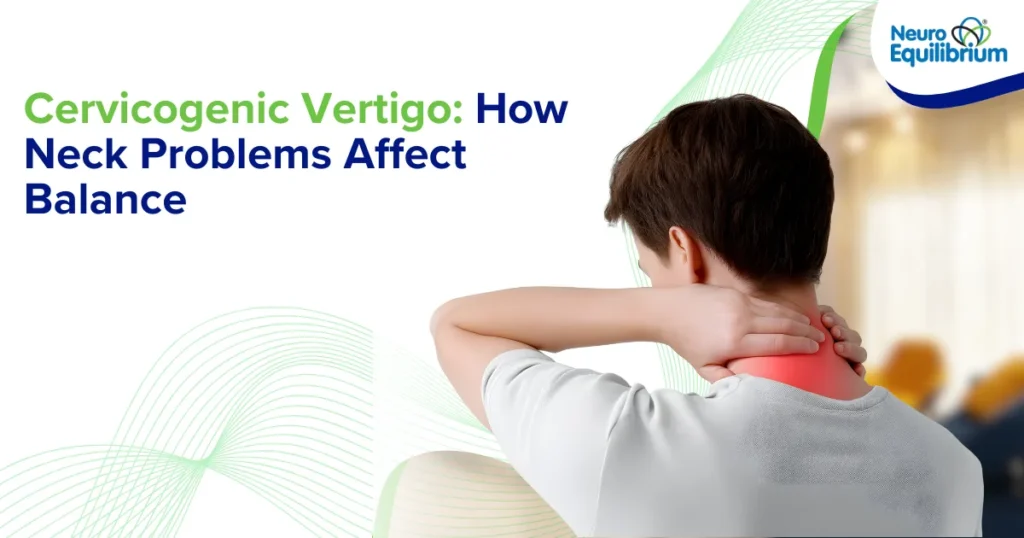Causes of Vertigo in Women: Understanding Your Dizziness
Have you ever experienced that spinning sensation even while you’re standing still? That sudden, unsettling dizziness, sometimes paired with nausea, can really throw you off and make you feel anxious. If you’re a woman going through these dizzy spells and aren’t sure why, it can be quite frustrating. Remember, vertigo in women isn’t a disease itself; it’s a sign that something in your body’s intricate balance system might need attention.
There are many possible causes of vertigo in women, such as issues in the inner ear or brain, certain medications, or hormonal influences. However, figuring out which one applies to you might seem overwhelming. The good news is, understanding what might be triggering these episodes is the first step toward feeling better. By recognizing how some conditions can specifically impact women, you and your doctor can work together to uncover the underlying cause and help you regain your sense of steadiness.
Know More About Vertigo
- What Is Ear Balance Treatment and When Do You Need It?
- Can Vertigo Be Cured Permanently?
- How Vertigo Is Diagnosed at NeuroEquilibrium
Common Causes of Vertigo in Women
Here are some of the most frequent reasons women experience vertigo:
Vestibular Migraine
You might think of migraines as just a headache, but vestibular migraine is a specific type where the main symptom is dizziness or vertigo, with or without a severe headache. This is a significant and often overlooked cause of vertigo in women, particularly in young females. We at NeuroEquilibrium have found that triggers can include inadequate sleep, skipping meals, stress, extended screen time, and certain foods like aged cheeses, chocolate, or processed meats. In pregnant women, hormonal shifts can also trigger these symptoms.
Pregnancy-Related Vertigo
Vertigo in women during pregnancy is a sensation of spinning or imbalance, which can be particularly disorienting. It may vary across trimesters:
- First Trimester: Hormonal alterations affect the vestibular system.
- Second Trimester: Calcium and Vitamin D deficiencies can destabilize inner ear crystals, causing Benign Paroxysmal Positional Vertigo (BPPV).
- Third Trimester: The altered center of gravity and reduced blood flow can impair balance.
Dizziness during pregnancy may also be caused by dehydration, low blood sugar, or anemia.
Benign Paroxysmal Positional Vertigo (BPPV)
This is one of the most common causes of vertigo in women. It happens when tiny calcium crystals from your inner ear’s utricle become dislodged and float into the semicircular canals, leading to brief spinning sensations when you move your head.
Relation to Women: BPPV affects women almost twice as often as men, particularly postmenopausal women. Estrogen deficiency and Vitamin D imbalance increase the risk of vertigo in women during menopause.
Ménière’s Disease
This chronic inner ear condition leads to recurrent vertigo, hearing loss, tinnitus, and ear fullness.
Relation to Women: Hormonal stress especially fluctuations in estrogen and progesterone can provoke inner ear dysfunction, making Ménière’s disease one of the common causes of vertigo in women. Some studies show hormonal contraceptives may reduce symptom severity.
Vestibular Neuritis and Labyrinthitis
These infections cause inflammation of the balance nerve or inner ear, resulting in sudden and severe vertigo.
Relation to Women: While vestibular neuritis affects both genders equally, women are more prone to labyrinthitis due to hormonal fluctuations that impact inner ear function.
Persistent Postural-Perceptual Dizziness (PPPD)
PPPD is a chronic balance disorder causing persistent unsteadiness or rocking sensations.
Relation to Women: It’s one of the key causes of vertigo in women, with a 4:1 female-to-male ratio. Hormonal changes, migraines, and anxiety may all contribute to this imbalance.
Stress and Anxiety
While stress doesn’t directly cause vertigo, it can intensify symptoms.
Relation to Women: Hormonal cycles, pregnancy, and menopause can heighten stress-induced dizziness. This makes anxiety-related dizziness one of the often-overlooked causes of vertigo in women.
Other Common Causes
- Systemic Problems & Medications: Low blood pressure, anemia, dehydration, or side effects of drugs.
- Head or Neck Injury: Disrupts balance pathways between the ear and brain.
- Poor Posture: Cervical spine issues may lead to cervicogenic dizziness.

When to Seek Medical Attention
Most cases of vertigo in women are not serious but should be checked by a doctor if the symptoms are severe, frequent, or accompanied by warning signs such as double vision, difficulty speaking, numbness, or hearing loss. Early diagnosis helps rule out serious neurological or vascular causes.
Diagnosis and Treatment at NeuroEquilibrium
At NeuroEquilibrium, we conduct a detailed assessment to identify the causes of vertigo in women using advanced vestibular testing, including videonystagmography, rotational chair tests, and posturography.
Once diagnosed, treatments may include:
- Repositioning Maneuvers (Epley Maneuver) for BPPV
- Medications for inflammation or nausea
- Vestibular Rehabilitation Therapy (VRT) for balance restoration
- Lifestyle Changes for migraine or stress-related vertigo
Conclusion
If you’re a woman frequently experiencing dizziness or imbalance, understanding the causes of vertigo in women is the first step to recovery. At NeuroEquilibrium, we specialize in diagnosing and treating vertigo in women through personalized care and advanced technology. With the right treatment plan, you can restore your stability, confidence, and quality of life.
1. What is the most common cause of vertigo in women?
The most common cause is Benign Paroxysmal Positional Vertigo (BPPV). This occurs when small calcium crystals within the inner ear become dislodged and prompt temporary spinning sensations with head movements.
2. Can hormonal changes cause vertigo in women?
Yes, hormonal changes caused by menstruation, pregnancy and menopause could affect the inner ear and the brain, making some women even more prone to bouts of dizziness and vertigo.
3. Is vestibular migraine a common cause of vertigo in women?
Yes, it is fairly frequent, and vestibular migraine is one of the leading causes. It tends to affect women more often, as migraines in general occur more frequently among them. This condition brings dizziness or vertigo, with or without a headache.
4. How is vertigo diagnosed at NeuroEquilibrium?
We would diagnose vertigo by inquiring about your symptoms, physical examination, and specialized tests, such as vestibular tests like Videonystagmography (VNG), Vestibular Evoked Myogenic Potentials (VEMP), Caloric testing, or Rotary chair testing(to determine the functionality of the inner ear).
5. What are the general treatment options for vertigo?
Therapy is based on cause. Treatment may involve certain physical exercises (such as the Epley maneuver to treat BPPV), medications to alleviate dizziness or nausea, vestibular rehabilitation therapy (physical exercises to improve balance), and lifestyle modifications (such as control of stress or avoidance of triggers).






